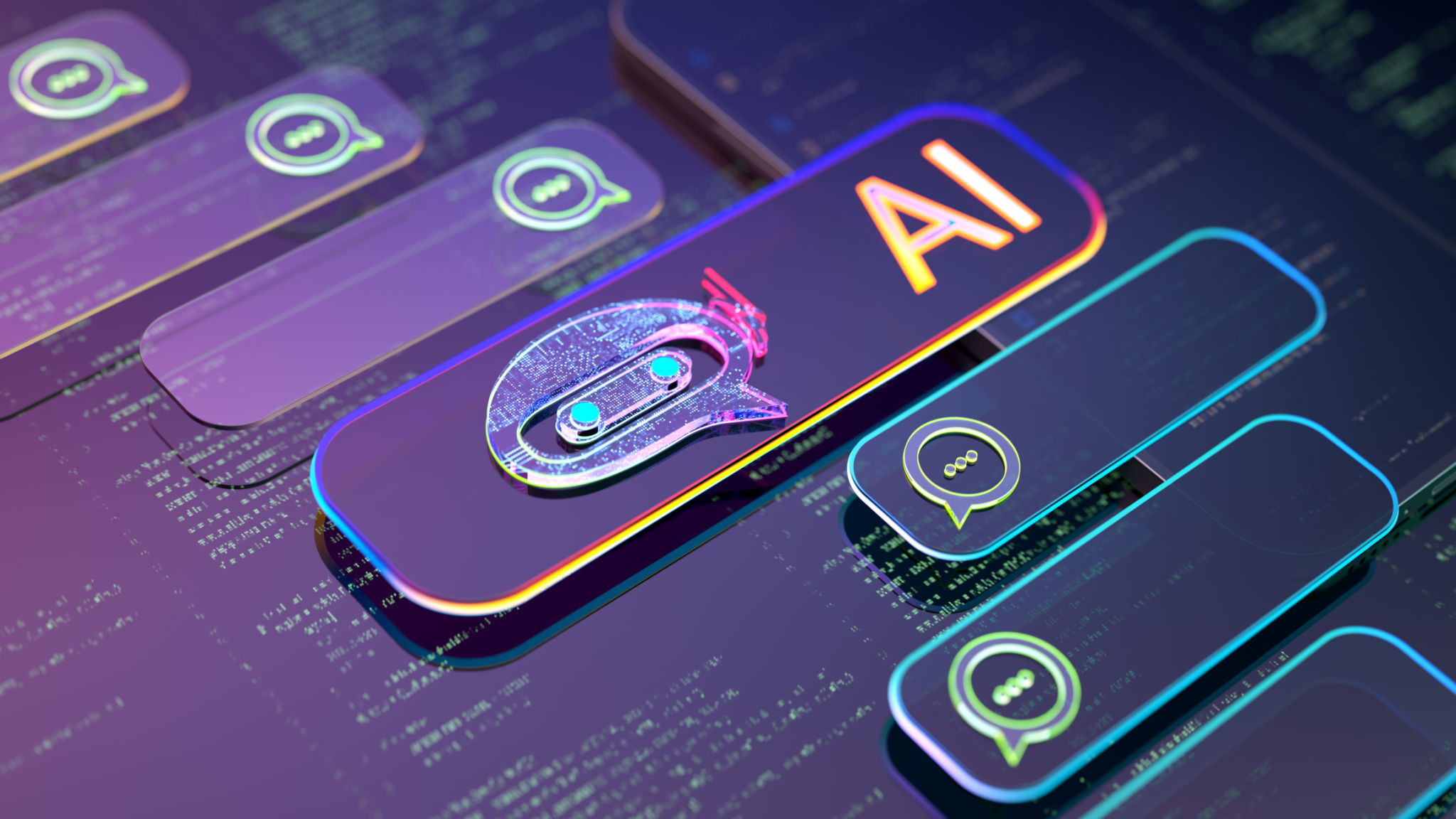Case Study: Transforming Executive Cybersecurity with AI Simulations
Introduction to Cybersecurity Challenges in Executive Roles
In the rapidly evolving landscape of cybersecurity, executives face unique challenges. The increasing sophistication of cyber threats requires innovative solutions to protect sensitive data and maintain trust. Traditional methods often fall short, and this is where cutting-edge technologies, particularly AI simulations, come into play.
AI simulations offer a groundbreaking approach to cybersecurity by providing dynamic, adaptive learning environments. These simulations can mimic a wide range of threat scenarios, allowing executives to experience and respond to potential breaches in a controlled setting. This case study explores how AI simulations are transforming executive cybersecurity practices.

Understanding AI Simulations in Cybersecurity
AI simulations are designed to replicate real-world cyber threats, offering a risk-free environment for training and response evaluation. These simulations use machine learning algorithms to anticipate potential attacks and adapt scenarios based on the user's actions. This offers a proactive approach to cybersecurity, shifting from a reactive stance to one of anticipation and prevention.
By employing AI simulations, executives can gain firsthand experience in handling cyber threats, enhancing their decision-making capabilities. This training method helps bridge the gap between theoretical knowledge and practical application, ensuring that executives are well-prepared for any cyber incident.
Key Features of AI Simulations
The effectiveness of AI simulations lies in their ability to provide:
- Real-time feedback on response strategies.
- Customizable scenarios tailored to specific industries or threats.
- Scalable environments that can simulate both minor and major security breaches.

Case Study: Implementation and Results
A leading financial institution recently implemented AI simulations as part of its executive cybersecurity training program. The primary goal was to enhance the readiness of its leadership team against sophisticated cyber attacks. The institution partnered with a tech firm specializing in AI-driven cybersecurity solutions to develop tailored simulation scenarios.
Over a six-month period, the executives participated in multiple simulation exercises. Each session was followed by a comprehensive debriefing, highlighting areas of strength and opportunities for improvement. The simulations covered various threat vectors, including phishing attacks, ransomware, and data breaches.
Outcome and Impact
The results were promising. Post-simulation assessments showed a marked improvement in the executives' ability to identify and respond to cyber threats. There was a 40% increase in the speed and accuracy of decision-making during simulated attacks. Additionally, the confidence levels among the leadership team rose significantly, as they felt better equipped to handle real-world incidents.

Challenges and Considerations
While AI simulations offer numerous benefits, there are challenges to consider. Developing realistic scenarios requires significant expertise and resources. Moreover, ensuring that simulations remain up-to-date with the latest threat intelligence is crucial for maintaining their effectiveness.
Organizations must also address potential resistance from executives who may be skeptical about the value of these simulations. Clear communication about the benefits and proven results can help overcome such hurdles.
Future of AI Simulations in Cybersecurity
The future of executive cybersecurity training is undoubtedly intertwined with AI simulations. As artificial intelligence continues to advance, these simulations will become even more sophisticated and predictive. This evolution will enable organizations to stay ahead of cybercriminals and protect their most valuable assets.
For businesses looking to reinforce their cybersecurity posture, investing in AI simulations represents a strategic move towards resilience and preparedness. By empowering executives with the tools and confidence needed to tackle cyber threats head-on, organizations can safeguard their future in an increasingly digital world.

